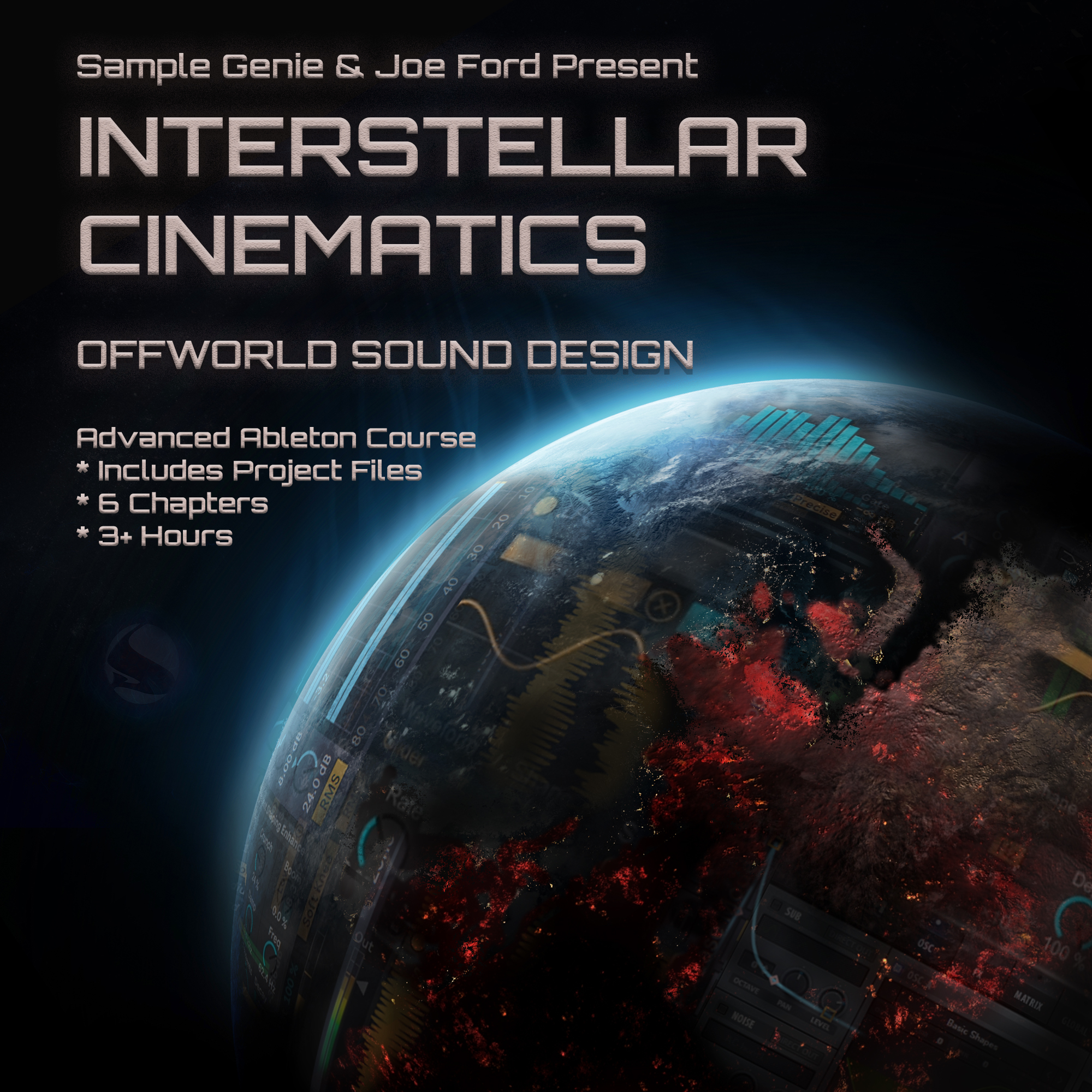Reese bass question
- This topic has 3 replies, 3 voices, and was last updated 7 years, 6 months ago by ,
Mircea.
-
AuthorPosts
-
-
2016-12-29 at 15:22:54 #20355,
Mircea
ParticipantGetting straight to the point, I would like to raise some questions on how to actually synthesis a reese bass line, or at least clarify what the term reese means and how it can be achieved.
The motivation lies in the fact that the web is peppered with tutorials which synthesis a sound that fails to achieve the actual sound that they reference or stand by.
I’ve had my dose of reading and studying the actual theory and methods, but it seems that everyone has their own technique and methods. Now I don’t want to say that their method fails to reproduce the actual sound, I just humbly state that to my ears, it’s nowhere near the actual sound.
First, let’s look at some examples of what bass I would like to synthesis ( and no, I’m not looking into loading up sampled bass and using that, that I could have done, the whole reason of this post is to actual synthesis something, not sample something ).
1. Commix – Be true
2. Dr. S. Gachet – Remember The Roller (Heist Remix)I could go one but these two prove the point. So, the general idea on the web is that this type of bass is ridiculously easy, which in fact it is not.
I would also like to impose some restrictions regarding the environment. I know that each synth’s output waveform’s has it’s own unique set of harmonics which give the synth its own unique sound, so I would love if we could stick with the default instruments offered by Ableton for example.
-
2017-01-02 at 19:33:43 #21206,
 GENIE HQKeymaster
GENIE HQKeymasterHey Mircea,
It’s still a good question and one we welcome as we aim to keep this sound alive, but keeping it fresh at the same time…
A Reese is quite a broad term really, but it’s mostly about de-tuning waves to create some movement in the sound, then processing this is different ways. Distortion playing a big part.
In terms of the origins the Wikipedia entry rings accurate to us:The bassline of Saunderson’s 1988 track “Just Want Another Chance” (released under his “Reese” pseudonym on Incognito Records[7]) became very influential in the jungle and drum and bass music genres.[8][9] Notable releases incorporating the “Reese Bassline” include Renegade’s “Terrorist” (Moving Shadow, 1994),[10] “Pulp Fiction” by Alex Reece (Metalheadz, 1995) and “Sonar” by DJ Trace (Prototype Recordings, 1998).[11] The bassline itself was performed by a Casio CZ-5000 using simple subtractive synthesis.[12]
To get the style of Reese you mentioned this tutorial from Sub Focus many years ago will be of help:
Also this thread is nearly as famous as the actual sound itself 😉
https://www.dogsonacid.com/threads/reason-and-reece-bass-lines-any-ideas.36272/Hope this helps!
-
2017-01-16 at 14:16:27 #21488,
 atmosfearParticipant
atmosfearParticipantSilent Witness’ video on Basses with Operator might interest you if you haven’t seen it. It is one of my favorite tutorials on here about sound design. Gets straight to the point, and he only uses Ableton plugins.
-
2017-01-16 at 16:18:03 #21495,
Mircea
ParticipantThank you both for the answers.
@atmosfear, yes, I’ve got quite a lot of videos off the video vault, including the Silent Witness one. I love it when producers focus on the standard tools that the DAW offers, it gives me the impression that they really know the underlying methods and techniques instead of focusing on the help of magic pixies. The Quadrant videos were also amazing, I really like the way he structures his presentations. It’s a shame that he doesn’t makes more presentations, I would gladly pay for them.
-
-
AuthorPosts
- You must be logged in to reply to this topic.


